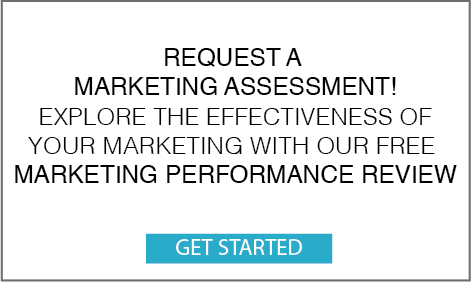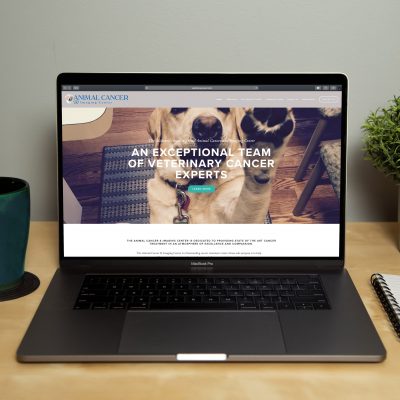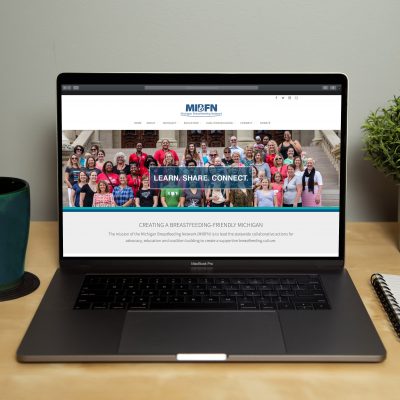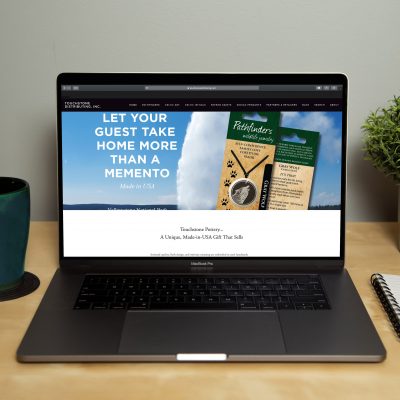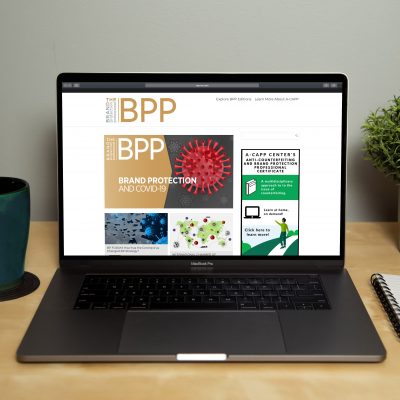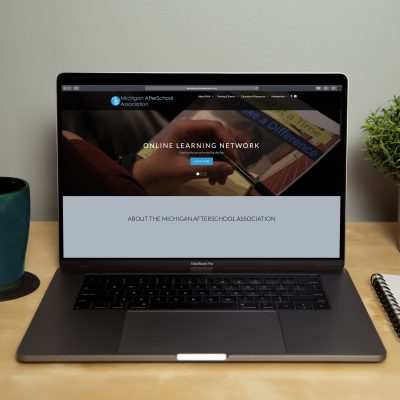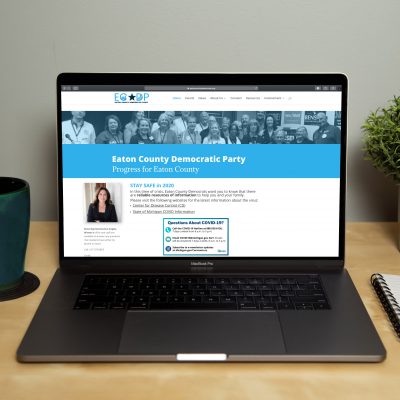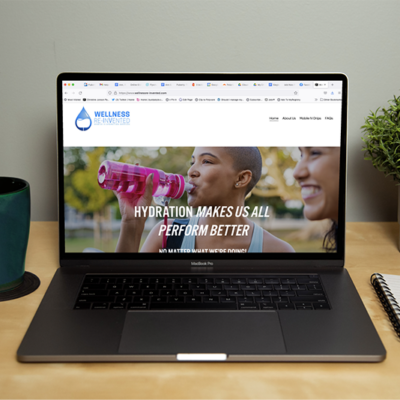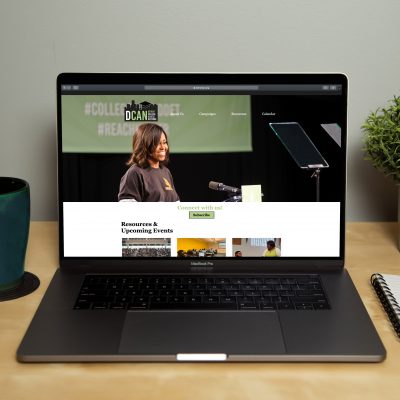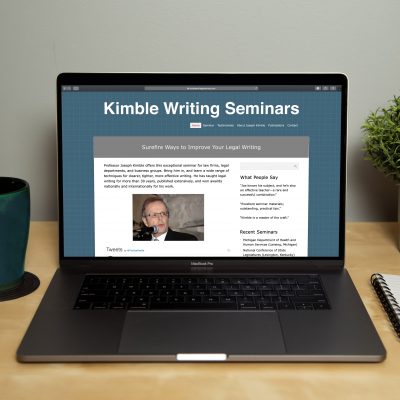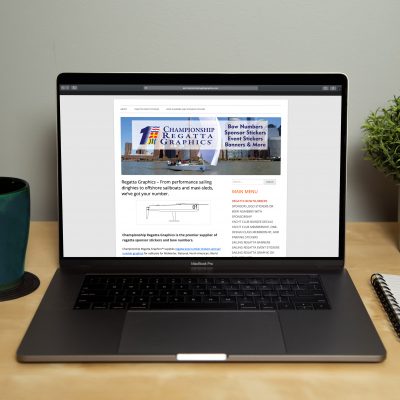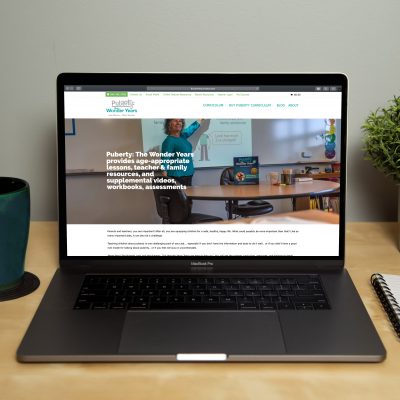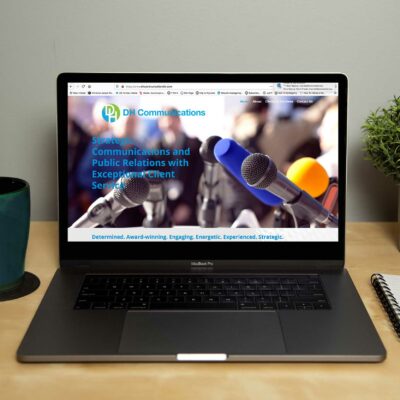Optimizing your web site for search engines is a smart idea that most business owners have at least heard about. But most businesses go down a rabbit hole of search engine optimization voodoo by thinking that your site needs to be super-search engine friendly to drive traffic. The truth is, your site needs to be searcher friendly. As in, friendly to the humans who are actually doing the searches (and reading your content.)
Once you’ve identified whom are your best clients and prospects, interviewed them and identified their unique challenges, you can begin developing content for your web site that appeals to prospective clients just like them. There are two sides to web site content: educational blog content and informative, persuasive web site content. They are the yin and yang of a complete content strategy for your business, and both are needed to attract and nurture a prospect to become a customer.
We talk a lot about the inbound marketing strategy of developing educational blog content; this article is about the yang, the web site page.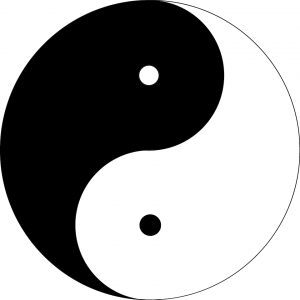
How to develop an optimized web site page:
To develop an optimized web site page, first you need to identify what single keyword search phrase you are using to attract visitors to the page. The key word is SINGLE. You should not have catch-all pages that have six or seven ideas or concepts on them. Develop a single concept, and goal per page for optimum effectiveness. If you do utilize an overview page, break each unique concept into a sub page and link to it from the overview page.
Let’s say you’re hosting business writing seminars. You have identified that your clients in the finance and insurance industries are your target audience. Breaking this audience further into finance contract team members helps you zero into precisely the right persona to attract to your page (as opposed to appealing to the finance marketing team members.)
You now have identified the need for a single web site page aimed directly at finance contract development teams, and your intention is to inform them of your seminars and pique their interest enough to download a sample worksheet from one of your seminars.
Every web page should use the keyword search term that you have researched and identified as the best keyword search term for that page. It should be in the title, opening paragraph and at least once more in the article. For our example, we’ve identified the search term Clear and Understandable Financial Contracts as our search string. We use the following title: We help you learn to develop clear and understandable financial contracts and open the first paragraph with: Almost every organization needs to develop clear and understandable financial contracts, but just how do you simplify contracts without removing the (often complex) protection that they provide?
By focusing in on one aspect of the seminar – developing clear and understandable financial contracts – you can attract searchers to your site who are interested in just that topic. Having both web site (inform and persuade) content that matches educational (how to) content on your blog means it’s much more likely that your business will rank higher for that keyword search string.
Once you’ve optimized the site’s page title and content for that keyword search phrase, and you’ve developed good content around that search phrase, be sure to include the following elements that will turn that page from one that a human simply reads into one that engages them:
- A link to your educational content on the same topic that appears on your blog
- A call to action to take the next step – to a download a guide, case study, worksheet, checklist or other offer
- A form that collects the visitor’s marketing information – either via the call to action button or a short form that appears after a percentage of scroll of the page
You may end up with more web site pages than you originally planned – but this is a great thing. The more content a web site has, the more traffic it generates. The reason for this is pretty simple – you attract more visitors with more targeted content.
Once you’ve identified all the new pages you need to add to your web site to optimize each of them for the human searchers and their keyword search phrases, you’ll need to create those new pages. Your site’s content management system (the program or application or web site you use to manage your site) will have the ability for you to create the content and add or edit important elements like page title, meta description and keyword search phrases.
- In WordPress, you might use a tool like Yoast SEO to do this, and SEO tools will appear at the bottom of the content page
- If you’re using Drupal, there should be built-in SEO tools at the bottom of each content page
- If your site is built in Hubspot, it’s built into the Settings section of the page creation tool
- If your site is crafted in a web site and commerce application like SquareSpace, you’ll find it in the Page Settings
Optimizing your web site pages extends into using your brand’s best attributes in your copy. Unlike the inbound marketing blog content, which should not tout your brand, feel free to be as energetic about the value you provide to your customers in your web site content. It should be persusasive. Feel free to say how great the seminar or product will be for your audience because of your product and brand differences.
Developing great web site content takes some time – develop a few pages at a time and perfect each one for a single search topic or idea. Add more as you go. The more pages you have, the more opportunity for a searcher to land on exactly what they want.
While they are there, make sure each page has a relevant call to action. It might be a request to subscribe to your mailing list for informative articles and tips. It might be to download a specific offer, whitepaper, checklist or tutorial. It might even be to read additional blog articles that are relevant to the topic of that web site page. Having a good call to action keeps the reader engaged and helps move them through their journey from stranger to customer.
Here are is a companion blog post about developing educational blog content (the yin to our yang of web site content):
What is content marketing and why do I need it for my business?
Want to read more great articles? Subscribe to our blog (upper right side of this page) and you’ll be notified of our latest posts via e-mail.

